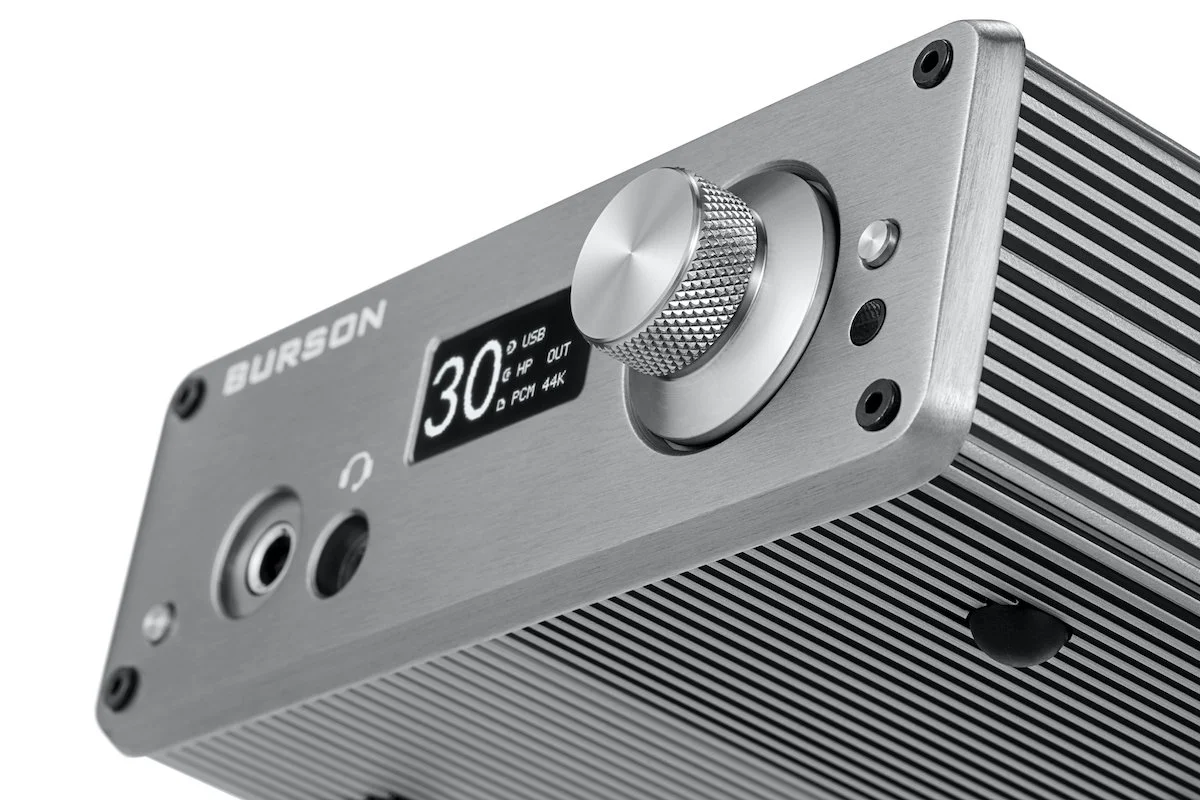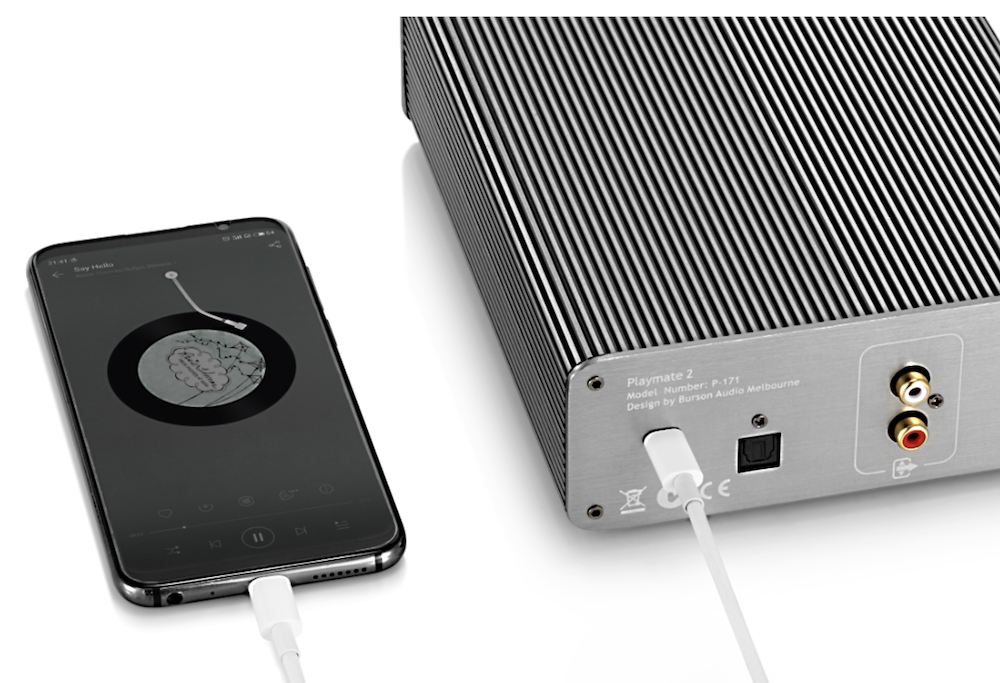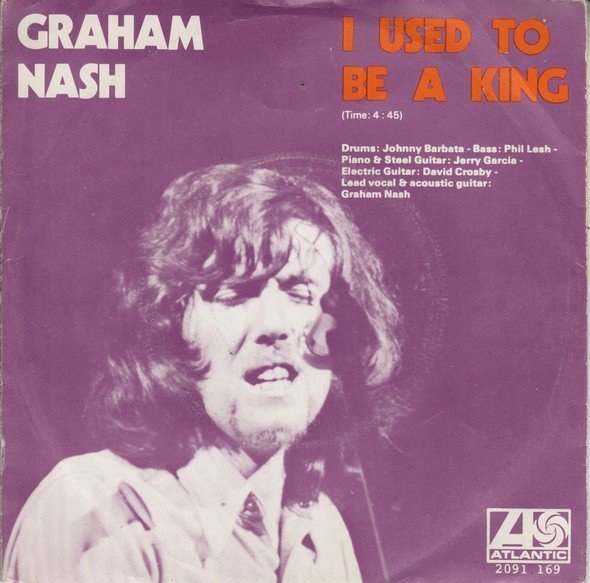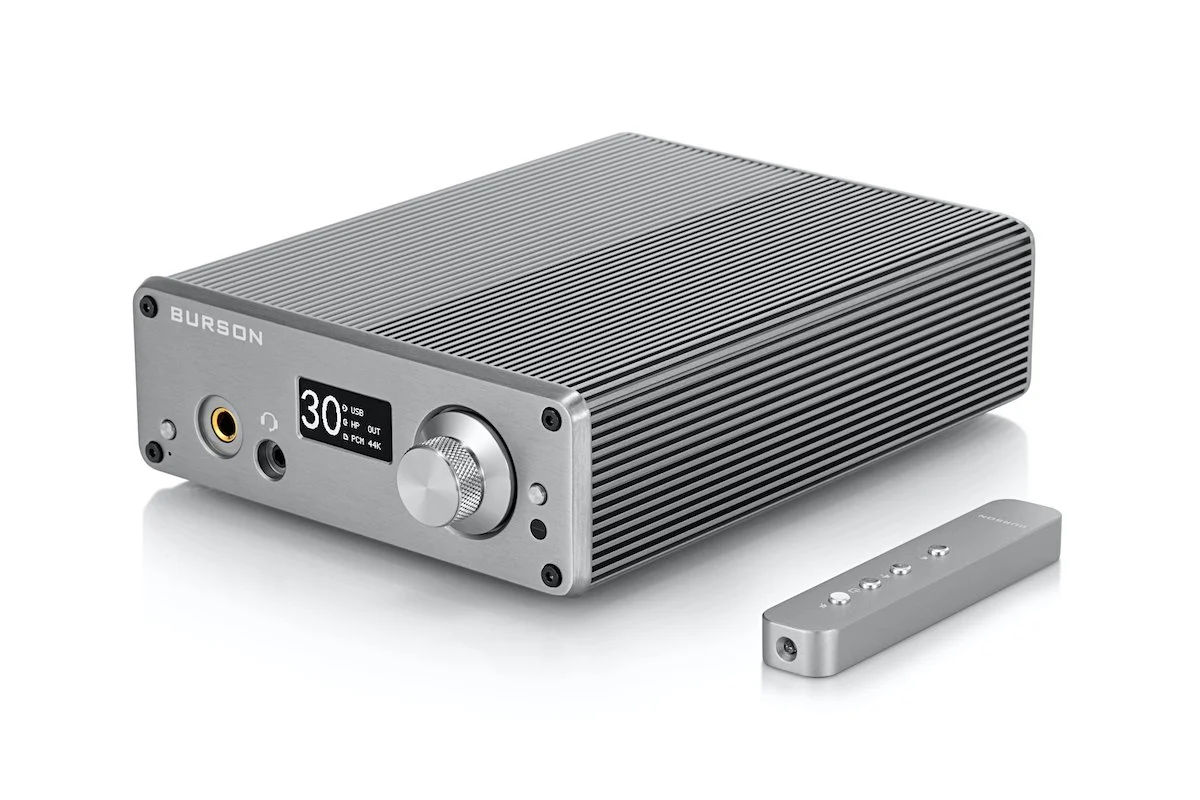BURSON AUDIO PLAYMATE 2 - REVIEW
BURSON AUDIO PLAYMATE 2
The Playmate 2 is an unassuming desktop digital–to–analog converter (DAC) plus unbalanced headphone amp (HPA) from Aussie operational amplifier specialists Burson Audio. The Playmate 2 DAC/HPA is available in two configurations; The $544 basic package is populated with pairs of commodity 5532 dual and 5534 single op amps. All four are socketed for easy swapping. The 553n family is perhaps the most common op amp used in pro audio products. They aren’t “high fidelity,” but they are a good compromise between cost and performance. Hence, their popularity. For a $200 upcharge, the V6 version subs out the bog simple monolithic 5532s for two pairs of Burson’s own fire engine red, fully discreet V6 Vivid op amps. the discreet label means that the op amps are created from individual parts as opposed to an “integrated circuit” or IC amp, in which the entire “chip” or device is fabricated on top of a tiny silicon substrate. A milled, four button aluminum remote is also included in the V6 package. The fancier version was my review example sans a remote. What are “op amps” you may ask? With their inherently balanced inputs, these tiny amplifiers are essential to most consumer and pro audio. Sold as single, dual or quad (four) amps in one “package,” think of a single op amp as a miniature monoblock, while a dual would be equivalent to a stereo amp.
The Playmate 2 develops a quite hefty 3 Watts into a typical load, enough to power some 99% of the dynamic headphones on Earth. When playing at moderate levels, the case gets warm to the touch, like a salmon–filled kitty curled on your desk. When I first received the ’mate, it is made in Australia after all, it exhibited a low amplitude noise whenever the unit was powered. The noise was present in the ⅛" headphone jack regardless of setting or whether the unit was plugged into a computer or not. I tried flipping the AC plug at the back, and also tried another AC wall outlet entirely; no difference. The manufacturer took their sweet time swapping out the main PCB or printed circuit board, which did solve the problem.
For my listening, I started out with my old skool reference team; Audeze’s big wooden LCD-3 circumaural planar magnetics supplied by a bitstream courtesy of Sonic Studio’s Amarra Luxe with MAAT Labs’ thEQred enlisted for voicing. The LCD-3s are not the most efficient cans on earth, making them a good choice for testing. Trying to compare apples to apples, I grabbed my trusty Sony PHA-3 mobile DAC/HPA. The PHA-3 is battery–powered, while the Playmate 2 is mains powered by a supplied inline switching supply. Having a less powerful output, I ran the PHA-3 flat out while using the Playmate 2’s volume control to bring its output down to match levels. The Playmate 2 and the far smaller PHA-3 are —very—different internally, but cost about the same so I thought it a fair comparison. Since The Burson is a Class A design, it wastes most of its energy on heating its surroundings. In doing so, it eliminates crossover distortion, that peculiarity of Class B designs where the smaller the input amplitude, the larger the distortion. Most amplifiers are Class A/B, starting out in Class A, then transition to the more efficient Class B when asked to play LOUD where that distortion I mentioned is subjectively masked. I let the Playmate 2 warm up and stabilize temperature for about 30 minutes before critical listening.
The Playmate 2 sports the new USB-C connector, which works well with most modern phones though older phones and computers will require an adapter. After wiring up both DACs, the first surprise was just how different the two products sound with exactly the same bitstream as input. The Burson speaks with a more authoritative low end leading into a touch of midrange emphasis, while the PHA-3 is voiced more for a natural midrange and high end. Graham Nash’s I Used To Be A King from the recent Proper Records release, Live: Songs For Beginners [Qobuz 48/24] provides a good example. The pedal steel panned hard left was more prominent in the Burson version, part of a wider soundstage. The soft drum count off at the beginning felt closer to the mic in the Burson version, while the PHA-3 places it a bit back, surrounded by more room response. This is a salient difference between the two; The Burson offers a wider, more forward by a few rows presentation, while the PHA-3 seats you back in the hall, bathed in slightly more reverb.
So as not to form an opinion based on one set of cans, I switched to my high sensitivity, most extended response earphones. beyerdynamic’s Xelento Remote are high magnetic flux, single Tesla driver in–ears in a sintered metal housing. Like the LCD-3, they are hand made. Apparently, they present a very different load to an amplifier when compared to the Audezes. Switching between the Burson and Sony products did point up the same differences I heard with my LCD-3s, but the magnitude of the change was much smaller; Burson still made a more robust bottom and was a bit mid–forward, while the Sony was more equal across the frequency spectrum. Detail and transient response: the two units take a different subjective tack…There’s a triangle down in the mix acting as ear candy in the intro to The Waterboys’ track, “The Southern Moon, from their All Souls Hill album [TIDAL 44.1/24]. with the Burson, that delicate metallic percussion was more present, and a bit more substantial than with the PHA-3. I have to point out that, when listening with the in–ears, these were small divergences that are best heard with a quick swap. Only the most acute listener, of which I am not one, would be able to discern the differences in isolation.
All is not sweetness and light…Let’s start with no gain switch. Yup, there’s no way to turn down the gain structure internally to optimize for highly sensitive in–ear monitors or, at the opposite end, for old skool 600Ω pro headphones that demand POWER. The Playmate 2 has a one–size–fits–all approach to amplification, which is a pity.
Gain staging aside, I have two major complaints about Miss Playmate…My biggest beef is that the volume control is not velocity–sensitive. In other words, the rate of change is constant as you twiddle the knob. With more sophisticated products; if you spin the knob quickly, the rate of change is larger. It lets you rapidly make big changes, then slow the rotation and decrease the rate of change to fine tune your setting. With the Playmate 2, you have to slowly slog through the volume control’s entire range.
My second dislike is the laughably inadequate user manual. Let’s start with the factory’s own invitation to open the case up and start swapping integrated circuits. The documentation provides only a cursory mention, with no clear illustrations or written description on how to accomplish that! I used to be an electronics production tech when I was starting out, so I know which way is up when it comes to such things. That said, the user manual should really be a Quick Start because it doesn’t even cover the device’s own menus. You are on you own when it comes to undocumented entries like “PRE LV”, “FIRFILTER”, “DPLL” and my favorite; “EMPHASIS”. What I assume is actually digital—de–emphasis—appears in the submenu as ON or OFF. Accidentally enabling that feature will shelf down everything above 6.7kHz, making for mysteriously dull sounding playback. DACs normally are able to recognize and act on a “flag” or marker embedded in a digital audio stream that indicates that de–emphasis is automatically needed.
Oh yeah, almost forgot…no MQA. Unless you’re a TIDAL subscriber, this should not worry you as that HRA pioneer is the only major streaming service that supports the Master Quality Authenticated format. While I do enjoy and appreciate the MQA format, the increased costs and complexity during production has and will most likely continue to hinder uptake to the point that TIDAL may be the only big league supporter. Yes, there are MQA–encoded CDs…I have a few, and that’s my point. There are way fewer shiny MQA discs out there even compared to the “dead” (hah!) SACD format. Another important feature for me is Burson’s support for DSD or Direct Stream Digital, the same codec used in the SACD format. The Playmate 2 does support all common versions of DSD.
Extended listening to the Playmate 2 rewarded me with oodles of sizzle without the metallic harshness and excessive dryness usually experienced with lesser DACs at this price. The Burson’s lower distortion offers a truer representation of the data than you’d expect from such a modest product.
Burson also offers a longer warrantee period than many, which engenders peace of mind in our world of planned obsolescence. That big bottom I mentioned earlier derives, in part, from the Burson’s ability to deliver higher power to a load. More power translates into better LF grip, and those 3 Watts of clean Class A goodness make for a delightful and affordable audio affair.
The Burson Playmate 2 is a worthy choice for anyone wanting to dip their toes into personal listening waters and, with its line level RCA outputs, it can perform yeoman DAC duties in a desktop stereo rig as well. Just before I received my eval unit, I said goodbye to an allegedly fancy European two–piece HPA from Ferrum, the OOR + HYPSOS, that Kermit reviewed in March of this year. Though the Ferrum duo would set you back more than twice what the Burson costs, I would happily take a Playmate 2 any day. The extreme dryness, the bleached character of the OOR was not at all to my liking. Plus, one would save quite a bit by going with the Aussie offering. As my Australian friends would say, “Good on ya, mate!” In this case, I’d go with “Good on ya, Playmate!”
The Company
Buron Audio
Playmate 2 ($544)
https://www.bursonaudio.com/






